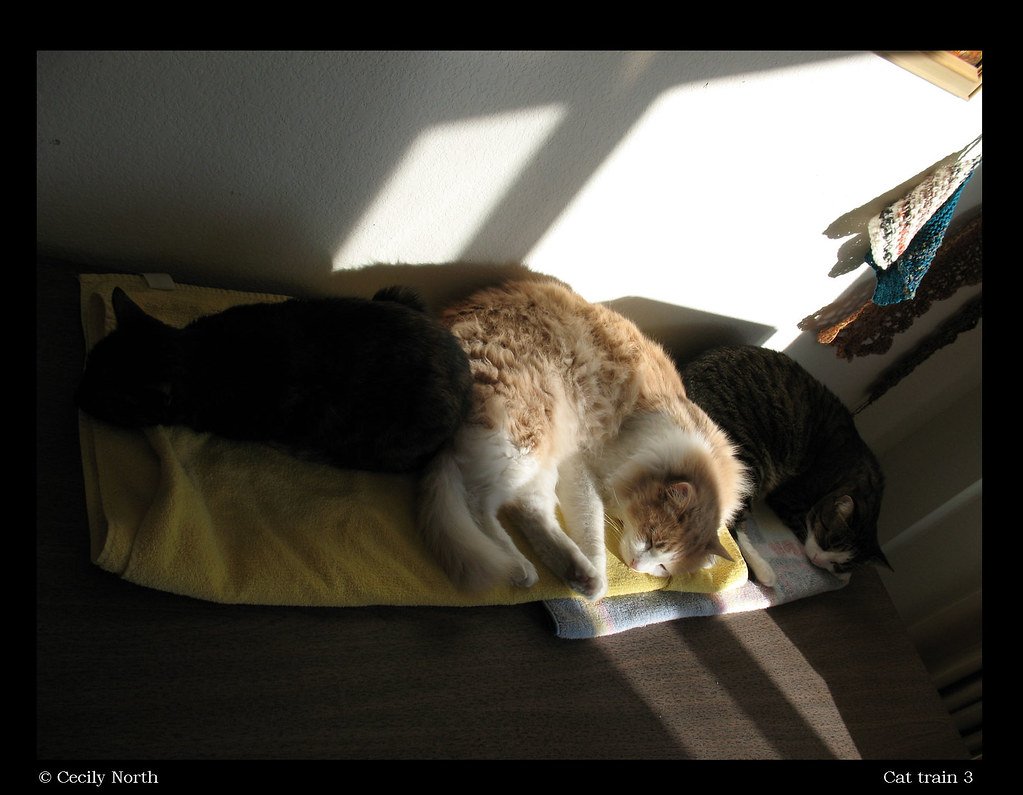Methods for training your cat to respond to clicker training.
Are you tired of constantly nagging and bribing your furry feline to obey commands? Look no further than clicker training! With this positive reinforcement technique, you can train your cat to respond to specific cues and behaviors. But how exactly do you begin this process?
In this blog post, we’ll explore various methods for successfully introducing your cat to clicker training and watching them thrive with their new skills. Get ready to be amazed by the power of positive reinforcement in feline behavior!
What is clicker training?

Clicker training is a popular behavior modification technique that uses a sound called a “clicker” to cue your cat to respond. In basic terms, you use the clicker to reward your cat for good behavior – typically by giving them a piece of food – and to discourage bad behavior, such as scratching furniture. Clicker training can be very effective in teaching cats new behaviors, such as coming when called or using the bathroom outside.
To get started, you’ll need some supplies: a clicker (available online and at many pet stores), some food (usually something rewarding, like canned tuna or chicken), and some treats (optional). You’ll also need patience – Clicker training takes time to completely implement and see results. Begin by having your cat sit near you. Click once when they’re sitting calmly and once again when they’ve released their sit in response to the signal. If your cat starts getting restless or agitated, try clicking once instead of twice – this will help keep them more focused on the task at hand. Once your cat is doing well in this basic exercise, you can begin building on it by adding new commands – such as coming when called or spending time indoors while supervised.
With repetition, these new behaviors should become easier for your cat to learn and perform.
Clicker training is a very effective way to teach your cat new behaviors. With patience and consistency, you can help your cat become more obedient and comfortable in their surroundings.
Is clicker training safe?
While there is no definitive answer, generally speaking, Clicker training is considered safe if you use it in a way that’s consistent and positive. Safe techniques include using the clicker only as a form of positive reinforcement (giving your cat a food rewards when they comply with your commands), and never using the clicker to punish or reprimand your cat. Always use other forms of communication, such as verbal commands, to address bad behavior.
Can I use clicker training to get my cat to perform tricks?
While clicker training can be used to teach cats new behaviors, it’s not typically used to train tricks. Tricks are specific activities that your cat can do on command, such as fetching a ball or going to bed. For more information on teaching tricks, please visit our wiki page on teaching tricks.
My cat is always attacking my dog. What can I do to prevent this from happening?
There’s no one-size-fits-all answer to this question, as the best way to prevent Sibling Rivalry from happening will depend on the specific situation and cats’ personalities. However, some tips that may help include:
Providing your cats with separate areas of the house – specifically a spot where they can play and a spot where they can’t (this can be an open area in your home, or a separate room). This will help to limit their interactions and reduce the competition between them.
Encouraging playtime between your cats – playing together promotes positive socialization.
Providing lots of toys and treats – this will encourage your cats to spend time together instead of fighting.
How does clicker training work?
Clicker training is a commonly used method to teach cats new behaviors. The trainer will give the cat a clicker (a metal or plastic sound maker) and a specific cue, such as “sit” or “come.” When the cat completes the requested behavior, the trainer will give the clicker and cue together. The dog Trainer Cesar Millan popularized this technique with his book, “The Dog Who Loved Too Much.”
What are the benefits of clicking your cat?

The benefits of clicker training your cat are immense. Cats, unlike dogs, do not typically respond to verbal commands. Clicker training allows you to train your cat using a gentle and reliable method that can be used for a variety of purposes, including:
- Providing basic obedience commands
- Teaching your cat new behaviors, such as coming when called
- Assisting with feline homelessness and rehoming
- Helping to control destructive behavior
How to start clicker training your cat.
Starting clicker training your cat can be a fun and rewarding experience for both you and your pet. The goal of this type of training is to get your cat to respond to simple hand signals that cue him or her to perform a particular action, such as scratching an object, catching a ball, or coming when called.
To get started, make sure you have a reliable clicker. You can find these devices online or in some pet stores. Once you have your clicker, it’s important to understand the basics ofclicker training. This includes understanding how the clicker works (as explained below), teaching your cat the basic sign language commands (see below), and practicing regularly.
When clicking with your cat, use a gentle tone and approach at first. Start with simple commands like “Scratch” or “Catch”. As your cat gets better at responding to the clicks, you can start adding more complex commands, such as “Avoid that toy” or “Sit”. Be consistent with using the clicker and keep positive reinforcement in mind – rewarding your cat when he or she complies with instructions is crucial to Clicker training success!
Here are some basic instructions for using a clicker with your cat:
- Hold the clicker close to your cat’s nose and click just as he or she performs the desired action.
- If your cat is reluctant to respond, begin by clicking once instead of repeatedly. Once your cat begins responding consistently, gradually increase the number of clicks until you reach the desired level of promptness.
- Take time to practice regularly – even if your cat is doing what you ask him or her to do on the first try, reinforcement will help make training more effective.
Remember, clicker training is a gradual process that will take some time to achieve results. Keep at it!
Tips for reinforcing good behavior.
To help your cat learn and respond better to clicker training, you’ll want to set up a simple but consistent routine. Here are some tips for reinforcing good behavior:
- Start by teaching your cat how to sit on cue. Click when your cat sits politely in the desired position. As they get more comfortable with this behavior, you can start adding other commands, like ‘down’ or ‘stay.’
- Use treats as a motivator. After your cat has learned how to sit and wait for their next cue, you can begin using treats as rewards for good behavior. This will help them associate cues with positive outcomes, making Clicker training even more effective.
- Encourage positive reinforcement through praise and verbal communication. When your cat responds correctly to their clicked cue, tell them verbally how proud of them you are – it will show that good behavior is rewarded in the way that matters most to them!
- Avoid punishment, which can only make your cat feel scared or resentful. Instead, focus on providing positive reinforcement for good behavior and demonstrating that you understand and appreciate their efforts.
With a little patience and consistency, you can help your cat learn how to behave properly – and receive the rewards they deserve.
Good luck!
Conclusion
Clicker training is a popular method for training cats, and it can be quite effective when used correctly. Clicker training requires patience and time, but once mastered, it can help your cat develop good habits more quickly than traditional methods. Remember to start with simple commands and build on them as your cat becomes more responsive. Start practicing now!






